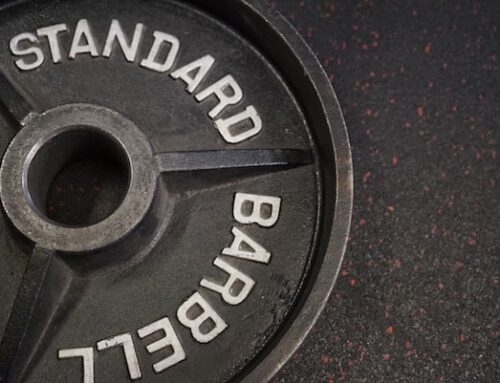You’ve heard abdominals called everything— core, abs and six-pack to name a few. But how do you actually get a six-pack? Are they really ONLY made in the kitchen? Can you train abs every day? There are a lot of myths about abdominal training that can be very confusing— but here I’ll break it down for you and show you why you need a solid set of abs and how to attain it.
You need to take the same approach to training your abs as you would any other muscle group in your body; it is simply just that— a muscle group. Would you train your back every day? I hope not. The same should apply to your abs. It is important to include them into your regular lifting regime, but it needs to be split up just like the rest of your body.
How little or much your abs actually show or, “pop,” along with the shape and structure of them, has everything to do with your percentage of body fat and your genetics. But before you can ever see the shape and structure, you need to get in the kitchen and start a healthy and clean nutrition program in order to reduce the layer of body fat covering that gorgeous six-pack waiting to make its debut! Remember, no amount of crunches will ever out-do an unhealthy diet.
Once you’ve practiced and been consistent with your clean diet long enough to reveal your abs, it is then that you will be able to determine whether you have a perfectly symmetrical six-pack or one with a little bit more character.
Understanding the structure
The main muscle of the abdominals is the rectus abdominus. It is a large, flat sheet of muscle with three sections from top to bottom (often referred to as “upper” and “lower” abs), separated by horizontal tendons (flexible bands of strong, fibrous tissue that attaches your muscles to your bones— the “cuts” between your abs), and one long vertical tendon, or “cut,” down the middle— all creating six visible sections of your abdominals. If you have perfect symmetry here, all of these sections will line up and you can thank your mama for the blessings. As for the rest of us, the abs you were born with can be developed just like any other muscle. Keep in mind, though, that the abdominals are more like a “sheet” of muscle— not a muscle like your delts or triceps that grow bigger and more defined as you train them. Your abs, with proper training and clean eating, will grow thicker and develop more with time and consistency.
Every woman’s abs will look different, regardless if you have the same body fat percentage. Some women will have thicker horizontal and vertical tendons, or “cuts,” separating the six abdominal sections— and others will have hardly any separation at all.
Training the abs
I train abs with the same approach I use on the rest of my body. A solid mix of heavy and low weight, steady/core type focus and direct ab exercises, and high and low reps. If you are really trying to develop them, I suggest training them two to three times per week, maximum.
Remember, your abs and core are being worked in SO many of the exercises you’re already doing in your training split. If you squat, deadlift or row, for example, you are using your core and working on developing your abs! One doesn’t exist without the other— you can’t squat properly without a strong core and you can’t avoid using your core during your squats.
An ideal abdominal training split should include compound lifts, unilateral exercises, direct ab exercises, interval cardio and, don’t forget, proper nutrition.
“Upper” abs: Standard crunches
“Lower” abs: Reverse crunches or hanging leg raises
Obliques: Side planks or windshield wipers
Don’t use weight when training your obliques if you already have thicker oblique muscles. Adding weight to exercises such as weighted side bends or side planks can add bulk to those muscles (as with any other muscle you use weights to train), making your waist appear thicker.
Intercostal muscles: Decline bench twisting crunch or cable pulley crunches
The intercostal muscles are responsible for pulling your stomach in, making your tummy flat. Always perform these exercises slowly, as the key with these is your breathing during them. You should exhale when bending at the waist, at the beginning, or, concentric part of the exercise, and inhale when coming out of the exercise (the eccentric part).
For a full ab workout, read the rest of my article,







Leave A Comment
You must be logged in to post a comment.